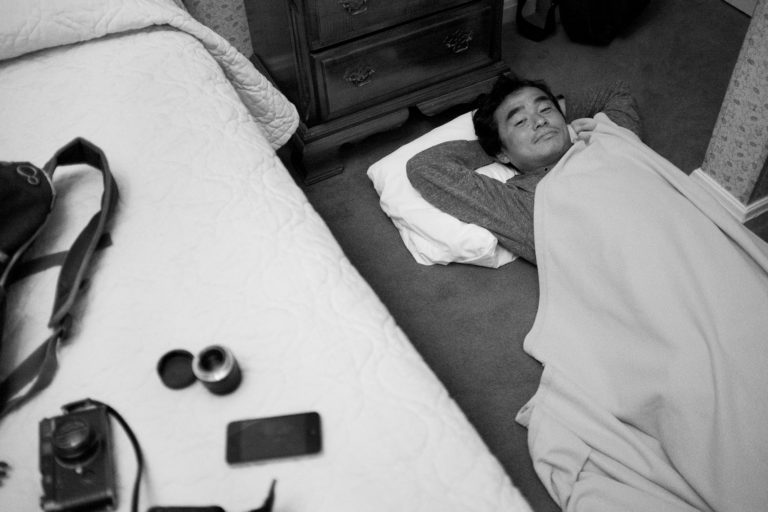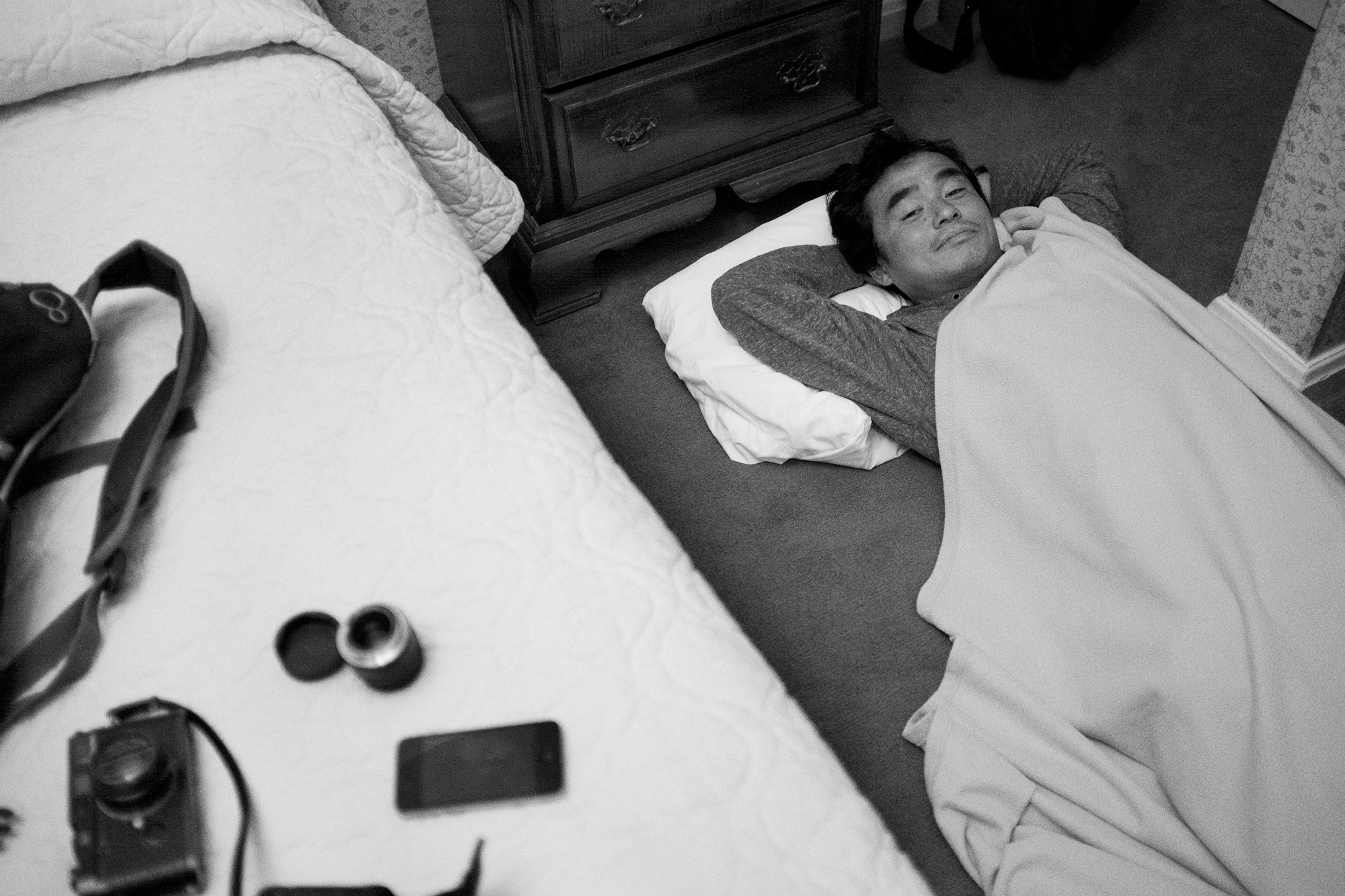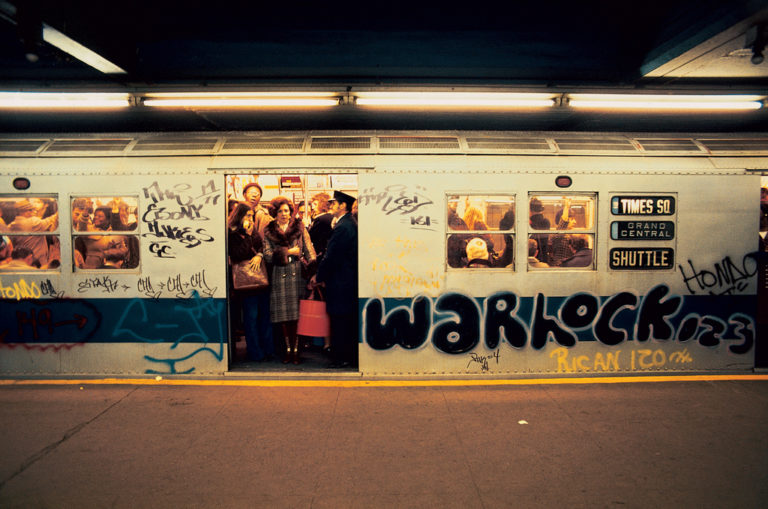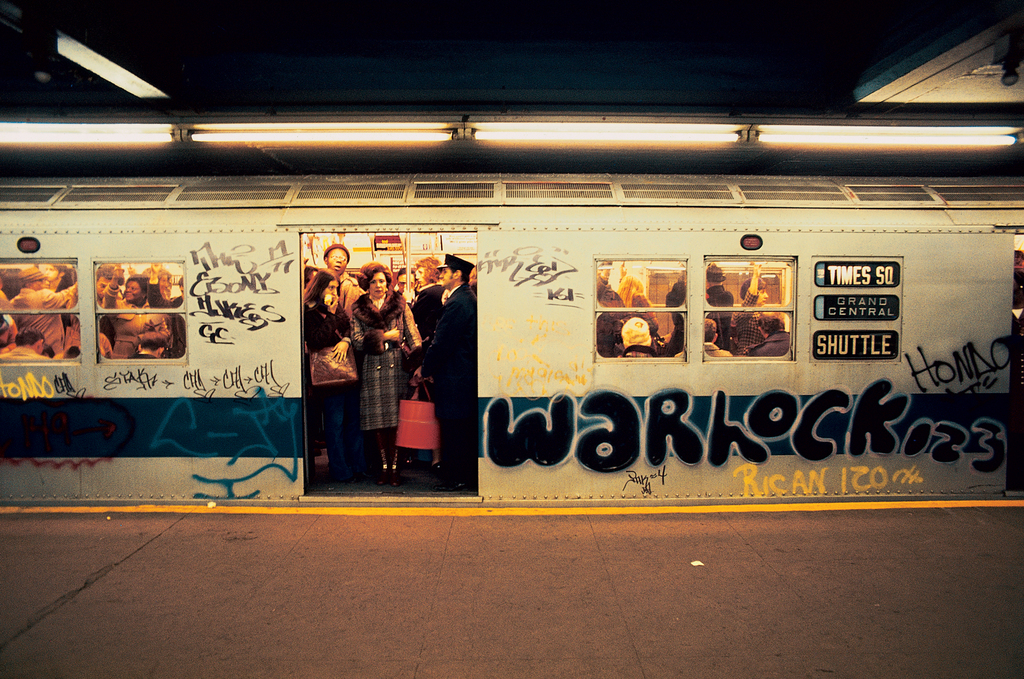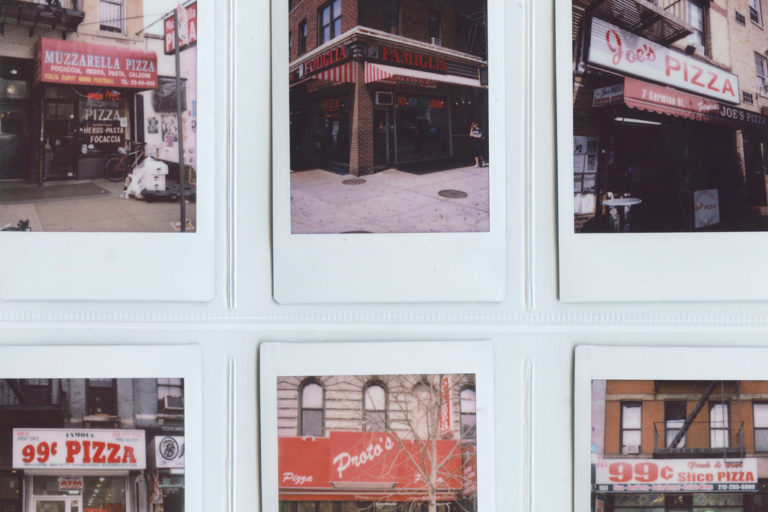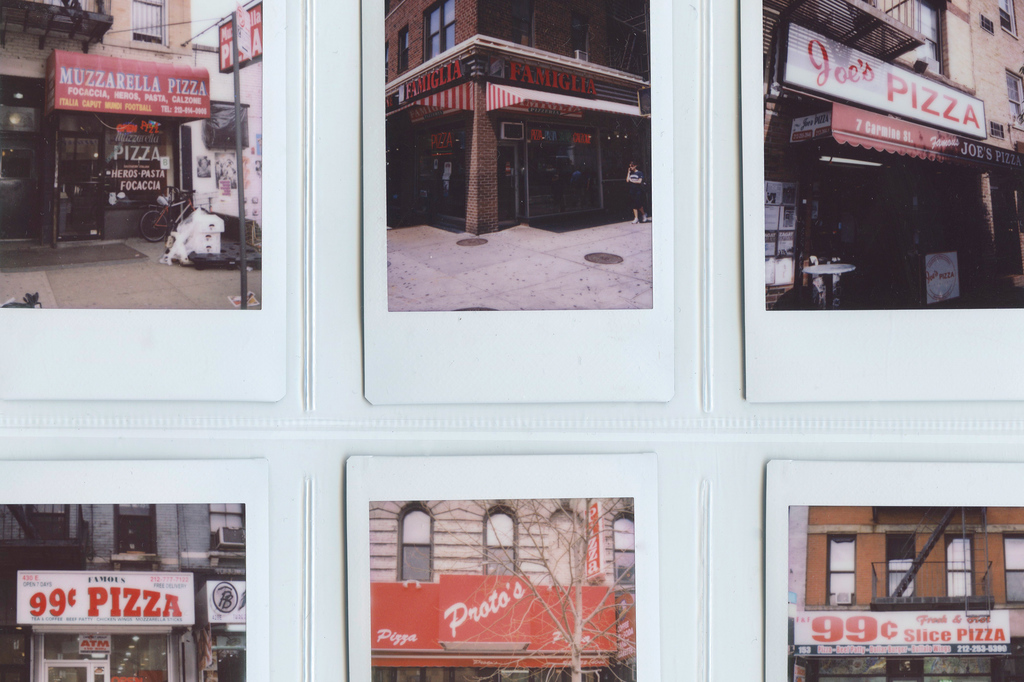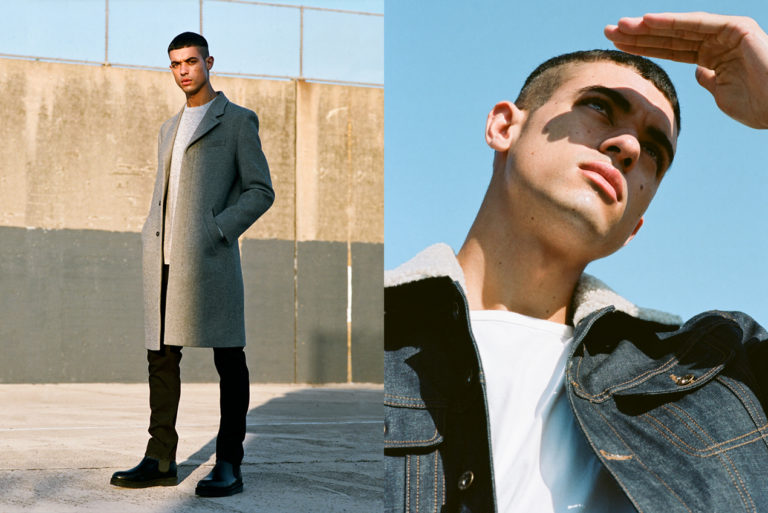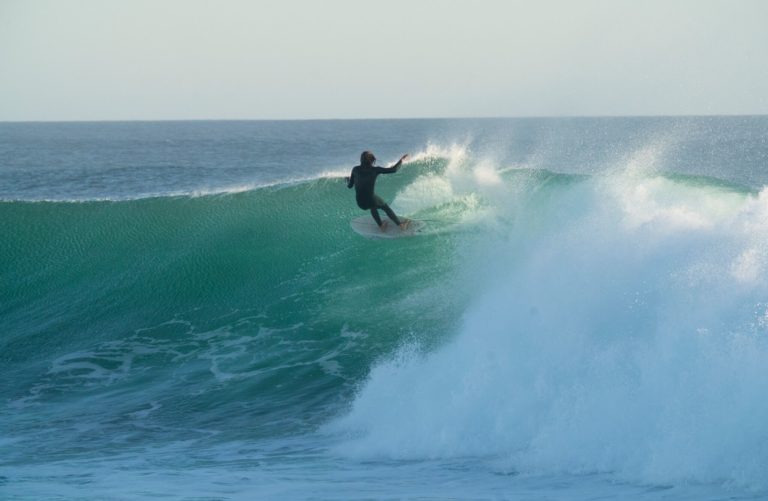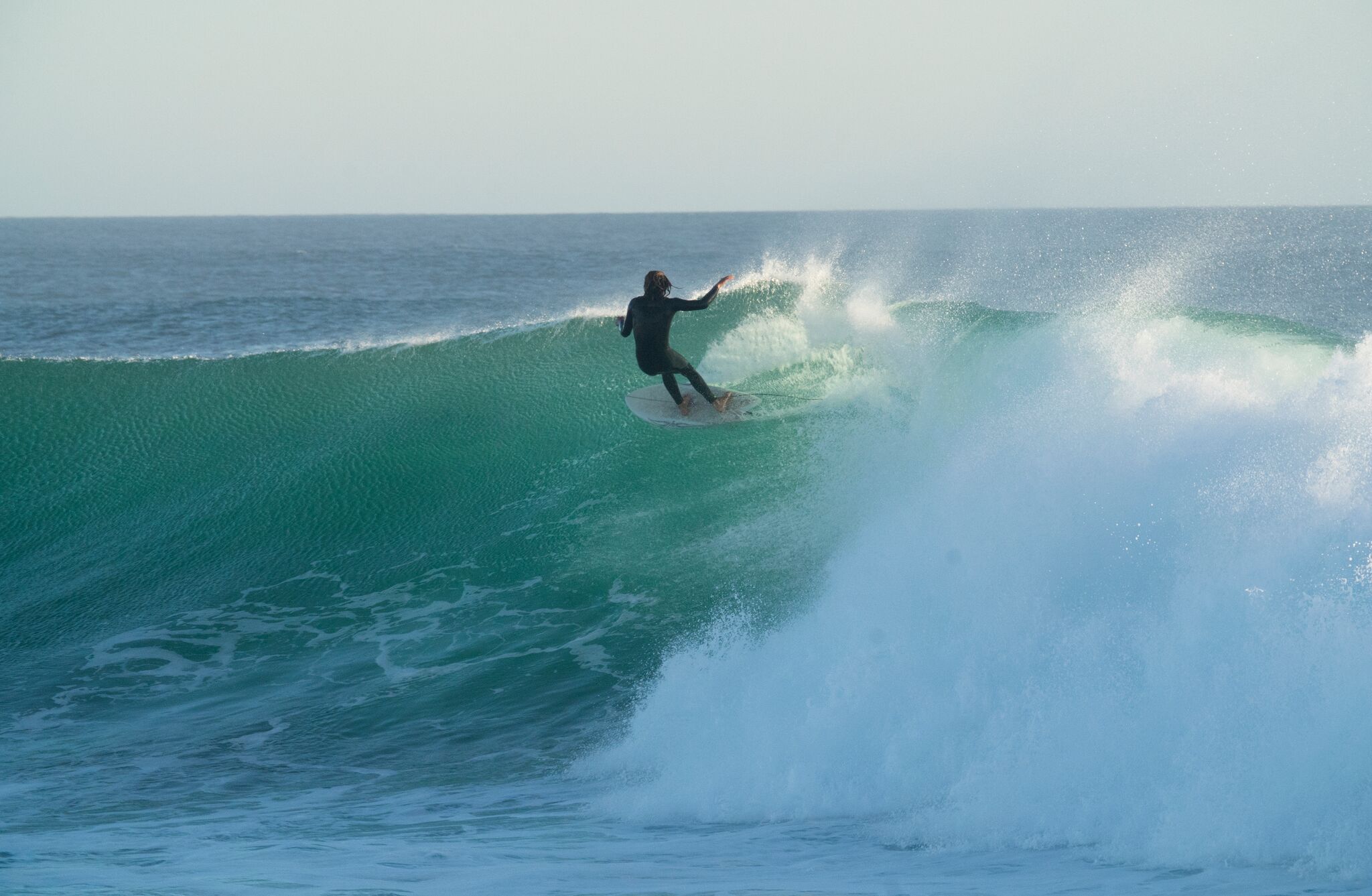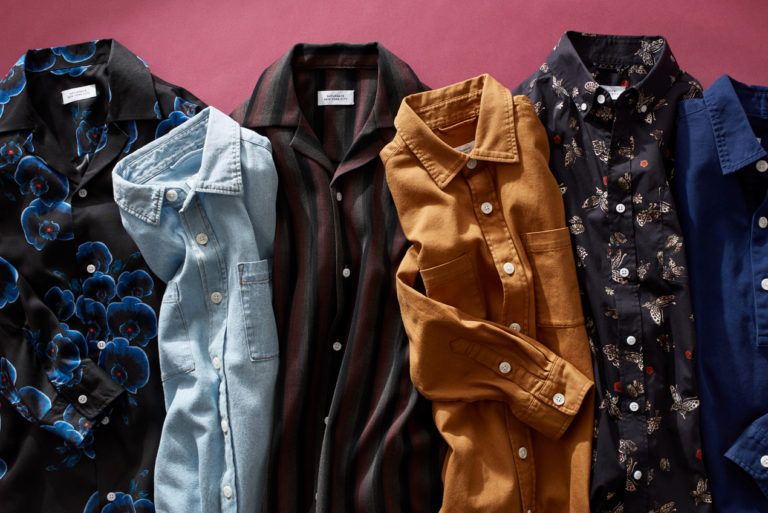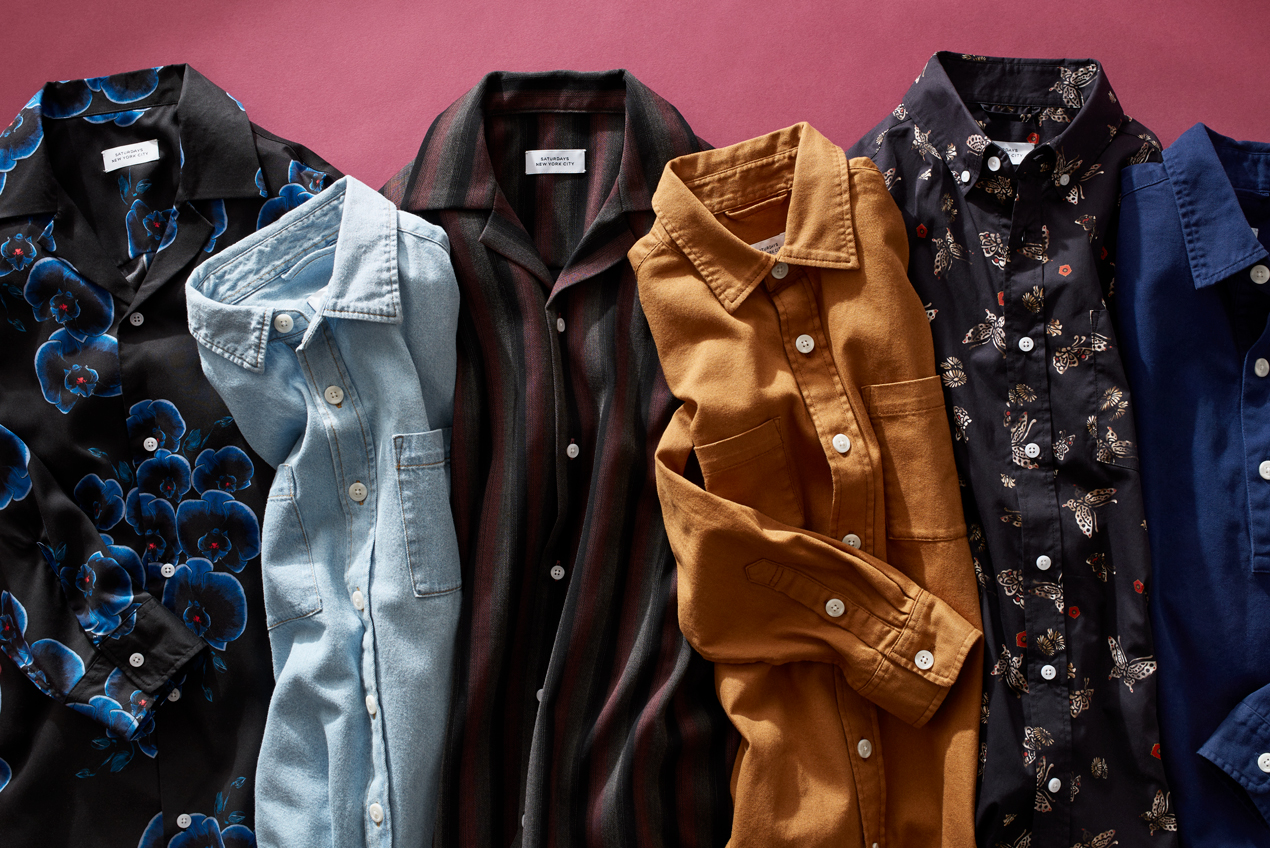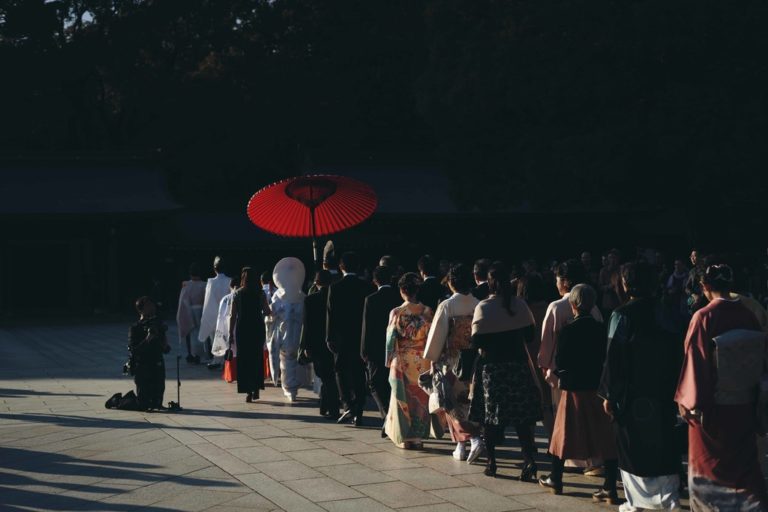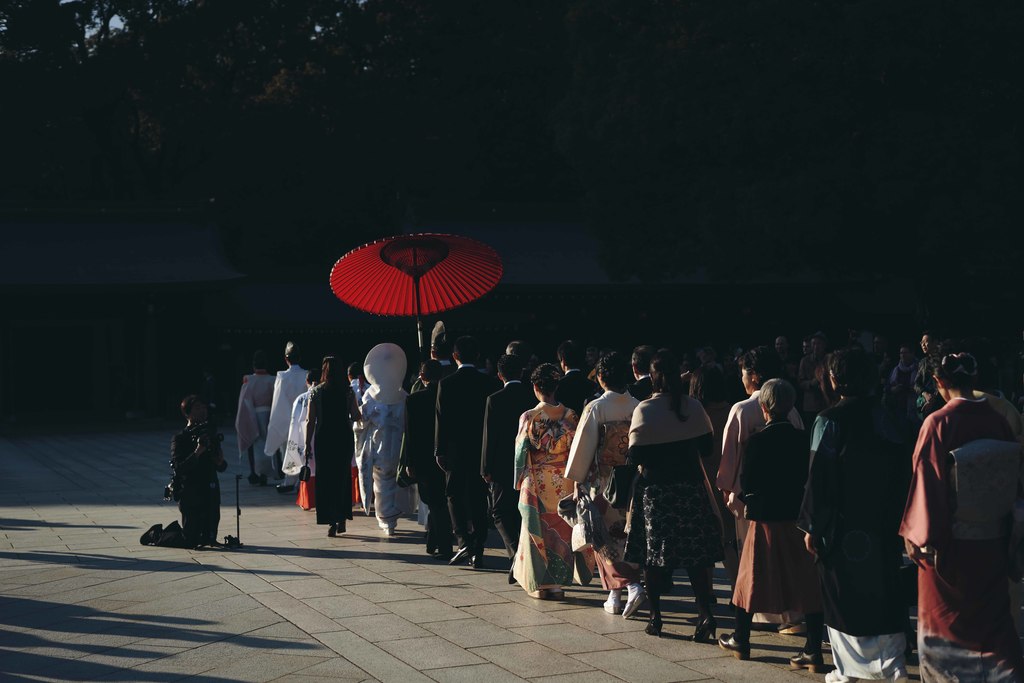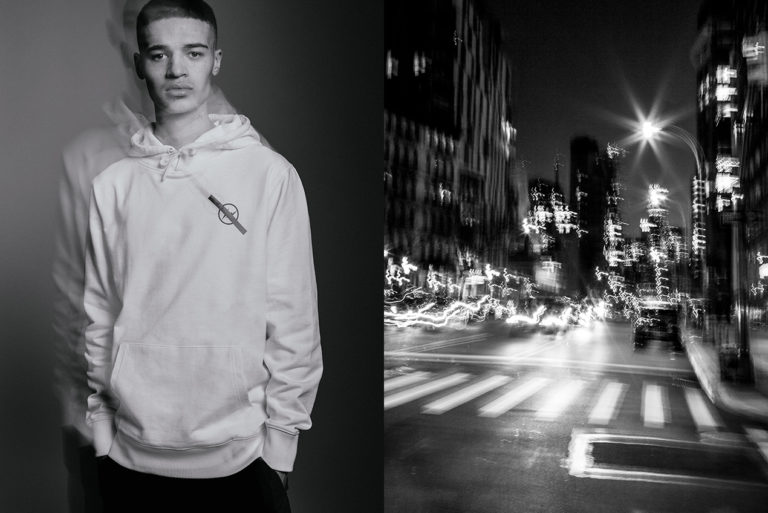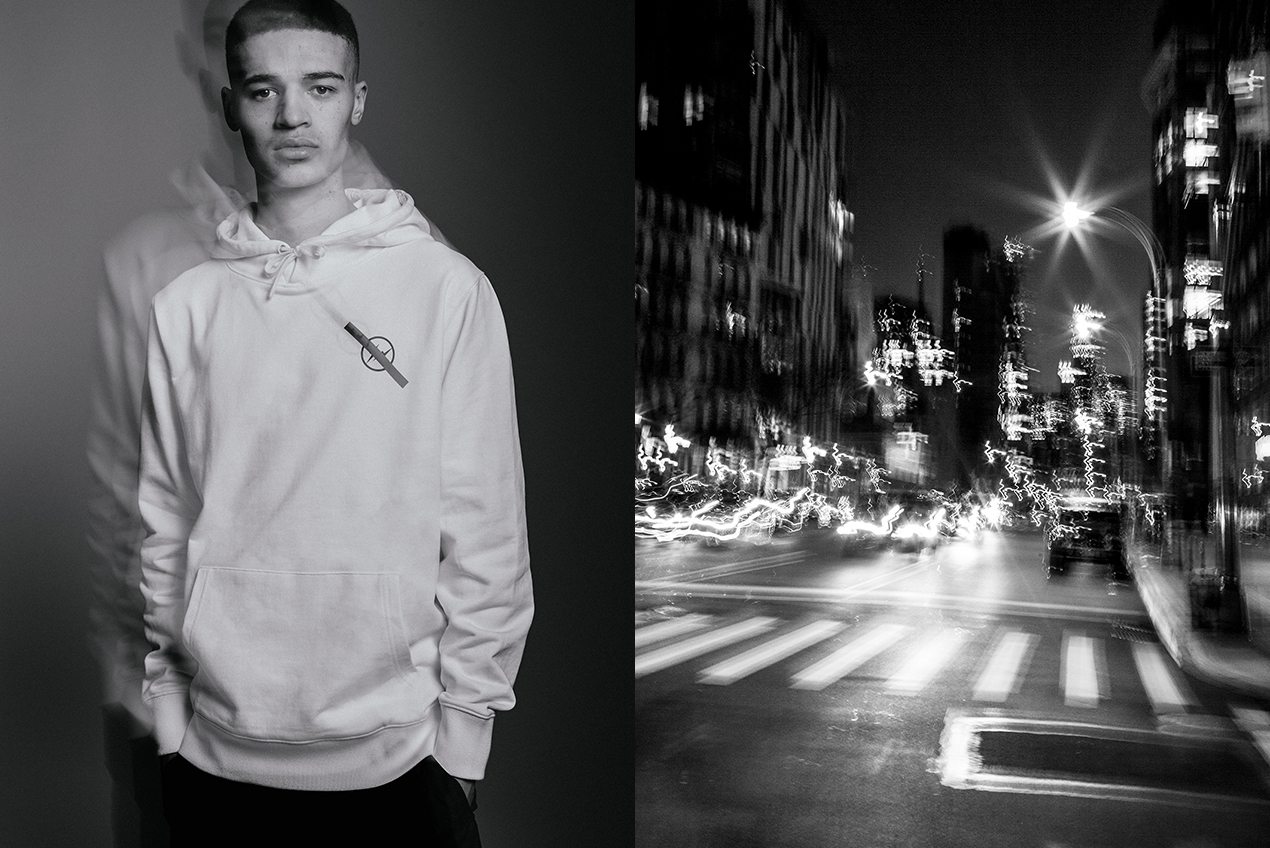colin tunstall: I wanted to touch base on imagery. You work on a lot of different things. I received a package from you with a pin in it one time that was pretty unexpected, and I thought that was cool. Then I got the poster, which you had no explanation for, and I thought that was really interesting. And then I kind of put two and two together with the modern-day Calvin and Hobbes reference. I’m not sure if that’s something you did, or something you had someone else do.
justin saunders: That’s something I did.
ct: I thought that was really interesting.
js: I live in Montreal, and it’s really fun out here, because the overheads are low. It’s kind of cheap living, so it breaks down life into a sort of sabbatical, part-time lifestyle. You get to do a little bit of everything without really having reason for it. So with the print, for example, I thought, “I feel like making posters for people I like, and I’ll mail it out, and it’s fun.”
ct: What led you to do that specifically?
js: The “Be a snob sometimes” character?
ct: Yeah.
js: I don’t know. I scribble a lot. It’s kind of therapeutic to draw. When I was a kid, I wanted to do comic strips for a living. Eventually the Internet happened and I was like, “Wow, this is fun. Computers.” I always kid around that comic strips are my retirement plan, to keep my hands busy.

Justin Saunders
Photographed by Vincent Tsang
ct: And I’ve read that Calvin and Hobbes is important to you.
js: Yeah, Bill Watterson was an idol for me early on—from his skill set on the illustration side to the level of intelligence in the dialogue. But more importantly it’s the way he approached life being so anonymous. When I was a teenager, I was like, “Man, you can be somebody but have nobody know you.” That was interesting to me early on.
ct: Your blog has led to a lot of different things. Is that the starting point, or was there something before that?
js: I guess we can say it was a starting point for my global reach. I started JJJJound approximately eight years ago to share references that inspired me. I’ve always been creative, but the day I removed words from the blog format and focused my energy on creating my own little worlds by using imagery is when the emails started coming in. A lot of people talked about the blog in the beginning, because the concept of a “wordless” website was new. The images themselves struck a cord with people and the culture of that time, too.
ct: The curation of it.
js: I’m a kid who grew up listening to rap music and loved art and beautiful things. I grew up in Germany and I was obsessed with Bart Simpson and North American culture. I think people connected to my site, and we were all going through the process removing logos from our lives and dressing like adults. My jeans were pretty baggy in high school and very branded.
ct: I read somewhere that you had a t-shirt company at one point.
js: I’ve always made t-shirts. T-shirts are like the broke man’s outlet. It’s sort of like, “I have an idea for a house” And then you’re like, “Oh, I can’t afford it. I’ll print some t-shirts.” Every three weeks I print t-shirts to give away. Sort of like how I did with the illustration prints. Especially now with the direct-to-garment printing, it’s like one-offs. You don’t even have to make screens.
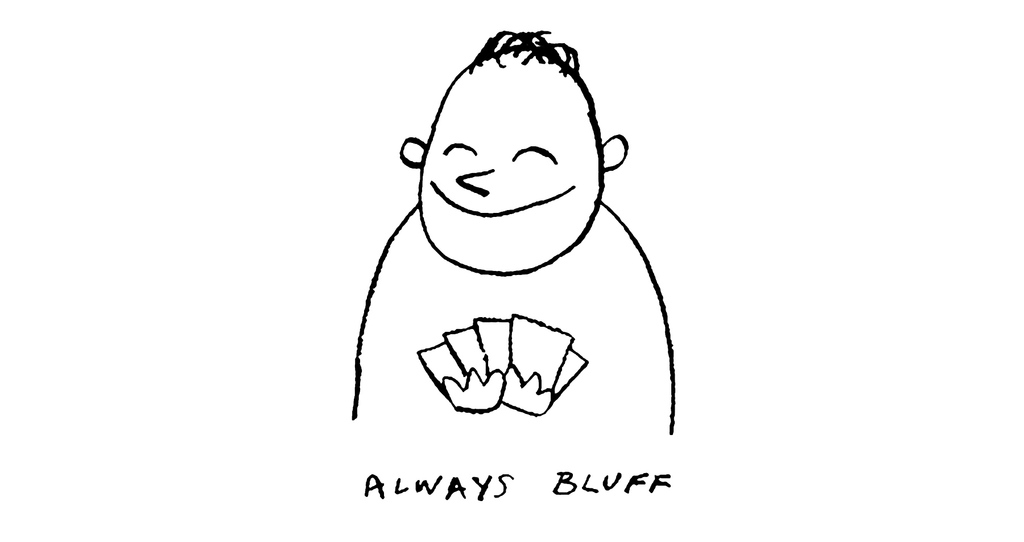
ct: You have this strong affinity for fashion, but that’s just one piece of it. You sort of moved away from fashion a little bit.
js: I’m not mad at fashion. I think menswear in general is interesting, but I think I was very interested in forming my own uniform and finding myself through clothing. After launching the blog, I was asked to contribute to the T Magazine website of the NYTimes. At that time, it was major. I had to write about clothing in a way that would stick to me for the rest of my life, so it was very useful exercise and it helped form my idea of what a man’s uniform is. That’s why websites like Tumblr are so great for the youth, because these platforms force you to get an idea of what you like and what you want to surround yourself with for the rest of your life.
ct: By the way, who are you exactly? What do you do?
js: My name is Justin R. Saunders, and I am a modern-day human surviving off of his brain. Titles are difficult these days, because I’m in this Internet category, but I don’t code. I consult on a bunch of creative projects, so work for me is a lot of research, a lot of thinking, and then a lot of delegating to experts who are super good at what they do.
ct: Titles are very misleading these days. When I’m interviewing people, and they’re a creative director, or an art director, I don’t really know what they mean.
js: Back in the day, if someone was good at something, that was their “thing.” Like, “Oh, this guy can draw, Oh, this guy can jump super high.” But these days, kids are pretty much good at everything. Their music taste is amazing. Their social media and photography game is killing it. They dress well. They are all super knowledgeable for their age. They find access to information so quickly. I think that’s why titles are kind of disappearing. You have to be good at everything now.
What I like to think is how can I embed technology into my world tastefully. How can I be a Corbusier fanatic but live amongst robots? Where do my window gardens fit into all of this tech?
ct: You said you’ve been doing the blog for ten years. So you’ve kind of seen a lot of updates and changes on the Internet since you started. How have you changed in the past ten years?
js: My website is my own personal mood board. It’s very selfish for me. It’s therapeutic. And that’s why I still update it. As for technology, we can’t ignore it. It’s going to be more and more present in our societies and in our lives. What I like to think is how can I embed technology into my world tastefully. How can I be a Corbusier fanatic but live amongst robots? Where do my window gardens fit into all of this tech?
ct: In the past five years at Saturdays, I’ve seen so much change in the city, especially around our lifestyle. I feel like branding and identity is something that you keep close tabs on.
js: I believe in serendipity. It’s how I find info and inspiration. There’s so much out there now. You literally won’t have time to live your real life if you want to keep up with that stuff. You just have to take it as it comes.
ct: How has that opened things up for you in your life?
js: The reason I’m so supportive of the Internet is that I was just this dude in Montreal, and then all of a sudden people started contacting me from around the world via email. All of a sudden there’s this influx of emails. And they haven’t stopped since the launch—from new and upcoming brands that are just on the come up to established brands that I completely respect. And that’s not even mentioning all the creatives who reached out, and projects I’ve been involved in because of it. I’ve been working a bunch with Virgil Abloh on great projects. I owe that to the blog.
ct: So you met Virgil through starting the blog?
js: I’ve met everyone through the Internet. I’m sort of a nerdy, shy guy. I’m an introvert with high anxiety, so the Internet works well for me.
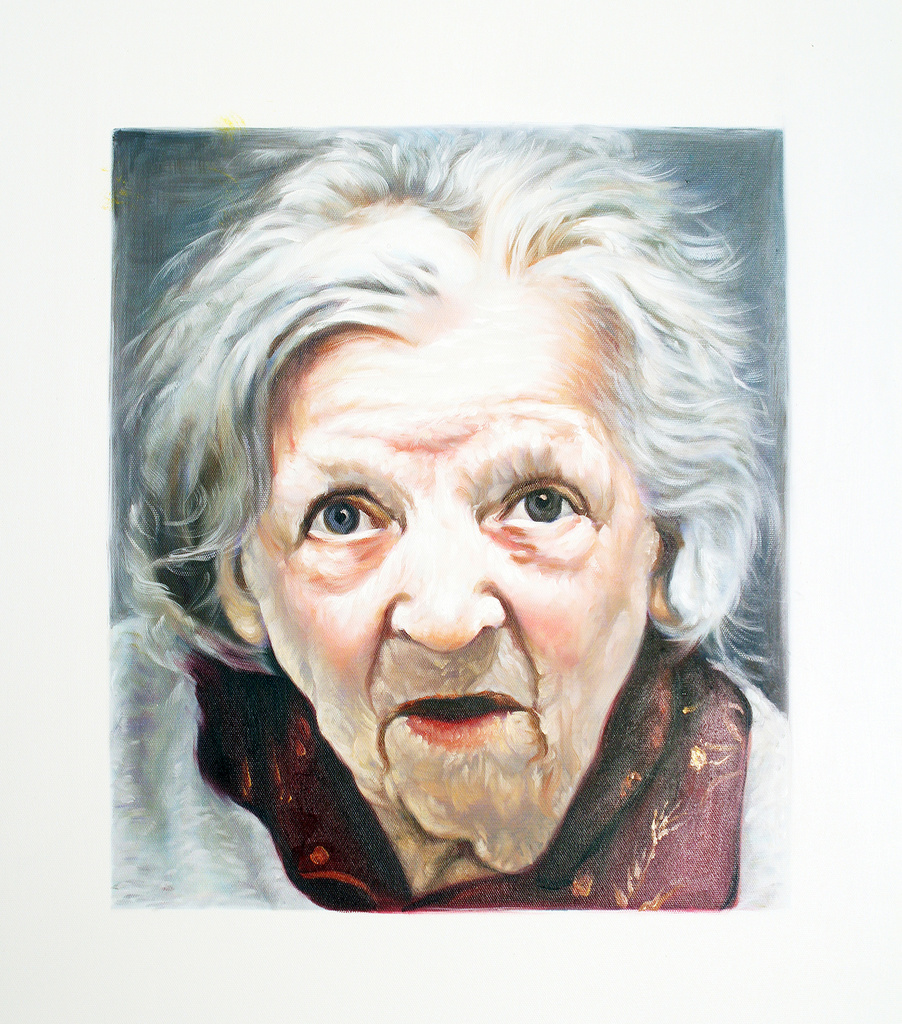
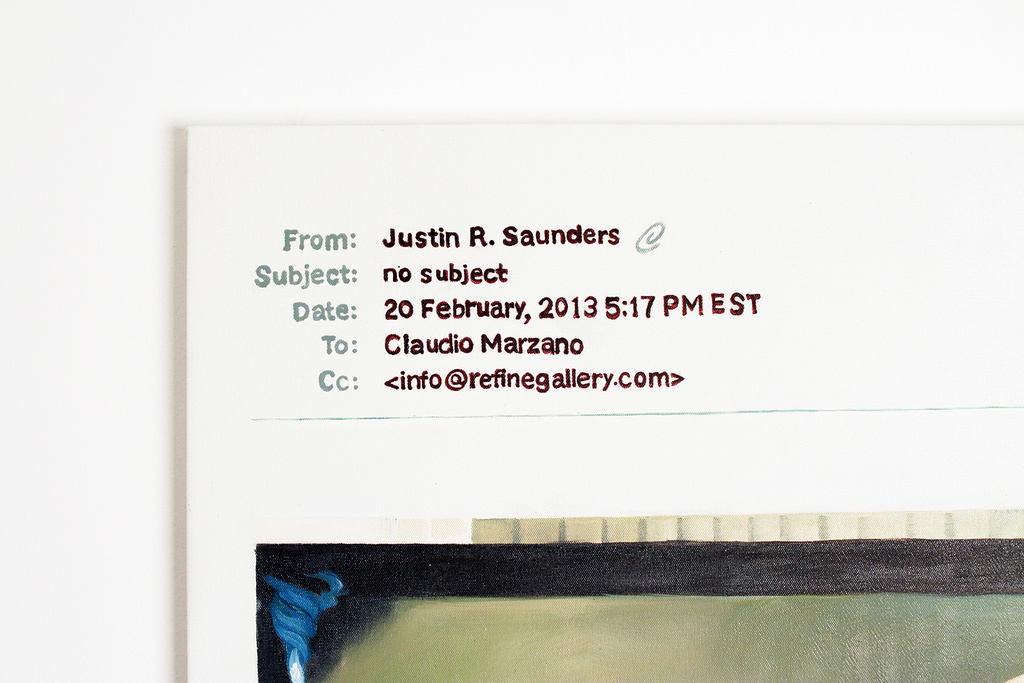
Paintings commissioned for his show
titled Correspondence in Los Angeles, CA, 2013
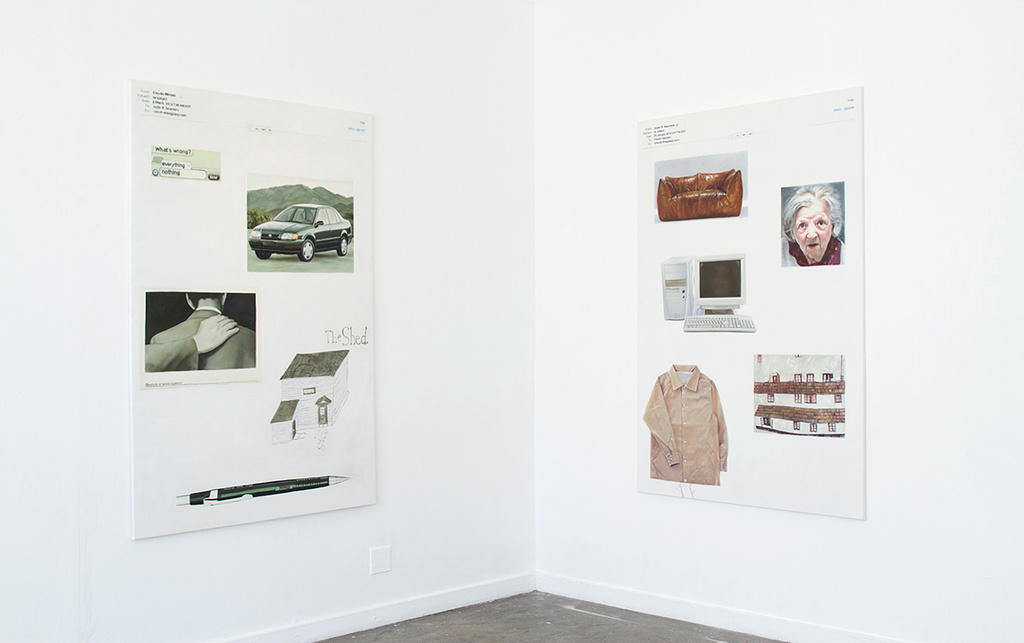
ct: Do you have an affinity for print?
js: I do, of course. I still buy it. I still enjoy it. I love it. I collect it. I don’t throw it out. But I don’t know why I do love it. It’s probably a collecting thing.
ct: It’s pretty cool that you can be pretty much anywhere and communicate and share ideas as opposed to having to be in a specific place, like New York City or Paris.
js: The fact that a sixteen year old can be texting five different people, having different conversations in five different countries while at dinner with his parents—isn’t that telepathy? I guess the angle is that we need to be looking at real life versus the “in our heads” life. This place that doesn’t really exist physically, but where everyone is always at all the time: the Internet. For so long, the fashion world was magazines, fashion shows, stores, and parties. It was mostly real-life experiences. And this all happened in these hubs u talk about. Now, if you look at the pie chart, the Internet takes up probably 50 percent of what the fashion “world” is—Tumblrs, Instagrams, web stores, websites. The whole thing is basically in this new dimension.
ct: Have you been asked by brands to contribute your ideas?
js: I have been asked many times. It’s how I pay rent. Sure, platforms like JJJJound can have an effect on trends, but I think the big social change came with everyone getting a Tumblr, or a Pinterest, or an Instagram. These allowed for an easy sharing of visual opinions, which somehow led to kids doing visual research way more than I did at seventeen. People are learning to speak with photos instead of words.
ct: I know that you were a skater, and maybe you still skate, but you were promoting Dime for while.
js: I love those guys. They are the real deal. Skateboarders rule. We practice a lot. We are somewhat snobs, but we also don’t take ourselves too seriously. Plus, they have respect for style and elegance. The Dime guys get it. They live what they promote. Plus, Vincent Tsang is basically family to me.
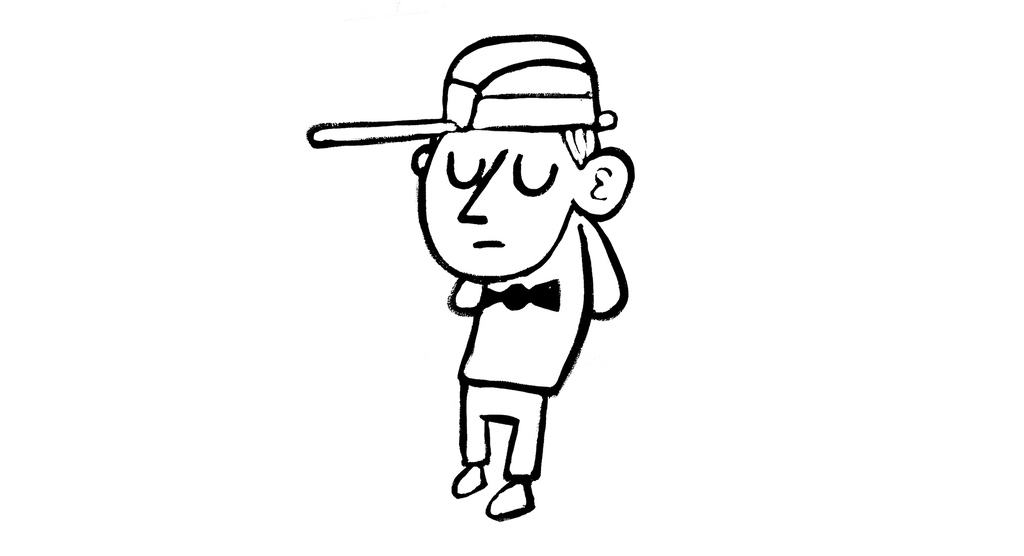
I never wanted JJJJound.com to become a money bank. It’s my therapy. It’s my shrink.
ct: Has anyone ever requested product placement on your site?
js: Yep.
ct: Do people pay for space?
js: I said no every time. I never wanted JJJJound.com to become money bank. It’s my therapy. It’s my shrink.
ct: I saw that you once had an art opening. How did that happen?
js: Yeah, I had an art show at the HVW8 Gallery in LA. Most of the correspondences and contacts I’ve made since JJJJound launched have been faceless and through email, so it only made sense to setup a show all based on emails. The show was also about the faceless outsourcing of production via email.
ct: So you pulled the images. Is it direct from the blog or through email?
js: It was five emails between my best friend Claudio Marzano and I. When HVW8 approached me for a show, Claudio and I had coffee and decided we’d take five emails that we wrote each other and have them painted. An intern at the time found a website on Google where you could email photos for them to paint in China. Paying homage to emails and outsourced Chinese production sounded like a great theme to me. I wasn’t sure if I was going to get away with it, but I like how everything came out.
ct: This past weekend I went to the Jeff Koons at the Whitney, and he has a lot of old advertisements that were painted and he had a huge teams of people that helped him put together his art work. It reminded me a little bit of that. I’ve never seen your paintings in person, but I just remember hearing about it. I thought it was a cool idea.
js: Some of the paintings were nice, some of them weren’t. Obviously, the sample was awesome and the rest were awesome-ish. There were typos in my name in one, but that’s the beauty of it. It happens. My favorite piece of all is the one with the typo, obviously.
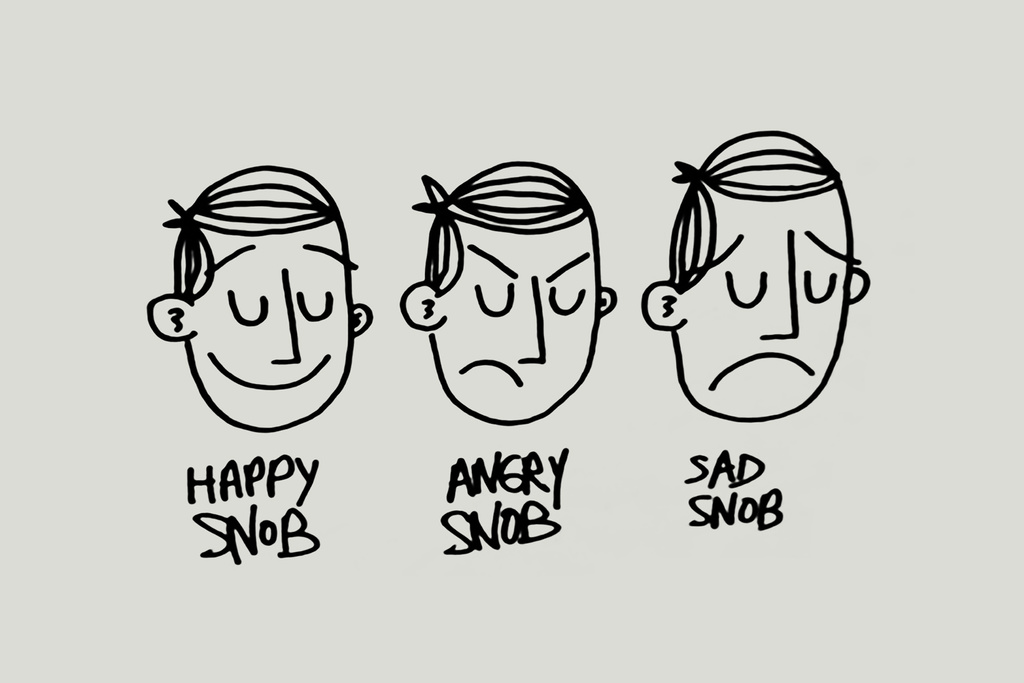
ct: Was that a one-time thing?
js: Yeah, I’ve just been too busy. I was supposed to do a show in Japan this year and then I was just too busy.
ct: Music plays a big part in your life. I know you, along with the other guys from Been Trill, were playing music.
js: As far as music goes, my favorite thing about music is listening to it super loud in the car. Music is at its best in the car for me.
ct:: I agree with you. That’s the one thing I miss about being in LA.
js: Every time I get in my car, I play loud music. Luckily my windows are very tinted, so I can sing along and nobody can tell. That’s the secret to happiness I think, singing along to music.
ct: You’re considered a source of inspiration. What’s it like being a source of inspiration? Who’s your source?
js: My source is every single one of the sites I visit every day randomly. Everyone is so awesome these days. Every link leads somewhere amazing.■

